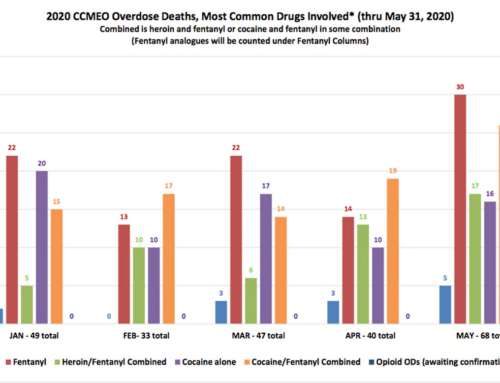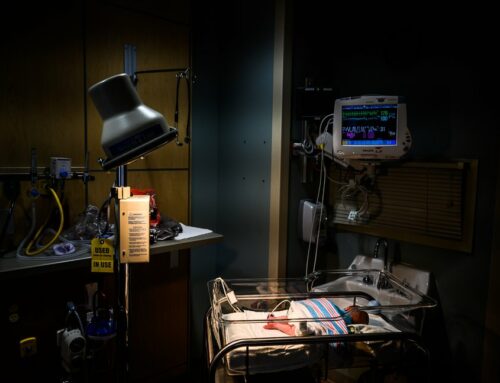WASHINGTON, D.C. – While Ohio has taken steps to crack down on over-prescription of highly addictive opioids, a new report from the U.S. Department of Health and Human Services found almost 50 health care providers around the state who prescribed the narcotics to at-risk Medicaid beneficiaries during a year-long period that ended in May 2017.
A report released Tuesday by the HHS Inspector General’s office also found nearly 5,000 Medicaid recipients in Ohio getting large amounts of the drugs without cancer or hospice care diagnoses. It found more than 700 who appeared to be in serious danger of misusing or overdosing on the drugs. Some appeared to be doctor shopping, despite efforts by the state to keep patients from doing so, the report said.
“Despite Ohio’s successes, opioid issues continue to persist,” said Lisa Minich, an Inspector General’s office analyst who said her team was surprised that slightly more than 40,000 Ohio children on Medicaid were prescribed opioids during the year her team examined. She said that statistic excludes children with cancer or in hospice care.
While there can be legitimate reasons to prescribe opioids to children – such as to help them recover from surgery, she noted research shows that kids who use even legitimate opioid prescriptions are at greater risk for subsequent abuse.
“It is very important that children only get opioids when absolutely necessary,” she said.
Nearly 91,000 Ohio Medicaid beneficiaries got opioids for three or more months during the period HHS studied. Opioids may have been necessary for many of these beneficiaries, but for others these opioids may have been inappropriately prescribed or used, the report said.
The study found 708 beneficiaries in Ohio were at serious risk of opioid misuse or overdose during the period it examined. It found that 481 of them got extreme amounts of opioids, and 231 appeared to be doctor shopping by getting large amounts of opioids from multiple prescribers and pharmacies. Four were in both groups.
The report says that Ohio’s steps to fight doctor shopping, such as requiring pharmacists to check beneficiaries’ prescription drug history, has reduced doctor shopping by 78 percent from 2012 to 2016, but some are still getting through.
Other Ohio initiatives to fight the opioid problem include education campaigns to prevent abuse, and licensure of pain management clinics to reduce pill mills. Ohio also issued guidelines that recommend that providers reassess opioid prescriptions for beneficiaries who receive opioids for 12 or more weeks. From 2012 to 2017, the total number of opioids dispensed in Ohio decreased by 28 percent, the study said.
The study found beneficiaries who received the highest amounts of opioids were primarily aged 45 to 64, and primarily female. Fewer than 10 beneficiaries from age 11 to 17 received high amounts, the study said. The study didn’t examine why a disproportionate ratio of women had opioid prescriptions, but an HHS spokesman noted Ohio’s Medicaid rolls are predominantly female.
It also found 47 doctors who prescribed amounts of opioids that HHS deemed extreme. HHS officials said they referred those findings to criminal investigators, and some of the doctors identified are already being prosecuted.
HHS said it decided to study opioid misuse among Medicaid beneficiaries because they’re more likely than others to have medical conditions that require pain relief, particularly those who qualify because of a disability. In 2016, Medicaid covered nearly four in 10 nonelderly adults with opioid addiction, the report said.
The Inspector General’s office wanted to study potential problems in Ohio because it’s among the states most severely affected by the opioid crisis, with nearly 3,500 overdose deaths in 2016. From June 2016 to May 2017, nearly one in six beneficiaries in Ohio received at least one opioid through Medicaid, the study found. The investigators said they plan to study opioids among Medicaid beneficiaries in other states, too. The agency has also released a “toolkit” that other investigators can use to flag patients who may be misusing opoids.
Assistant Inspector General Ann Maxwell said her agency is trying to identify high risk beneficiaries and prescribers so states can get treatment for patients who use inappropriate amounts of drugs and prevent future problems.
ORIGINAL ARTICLE: https://www.cleveland.com/metro/index.ssf/2018/07/new_opioid_report_finds_eviden.html





